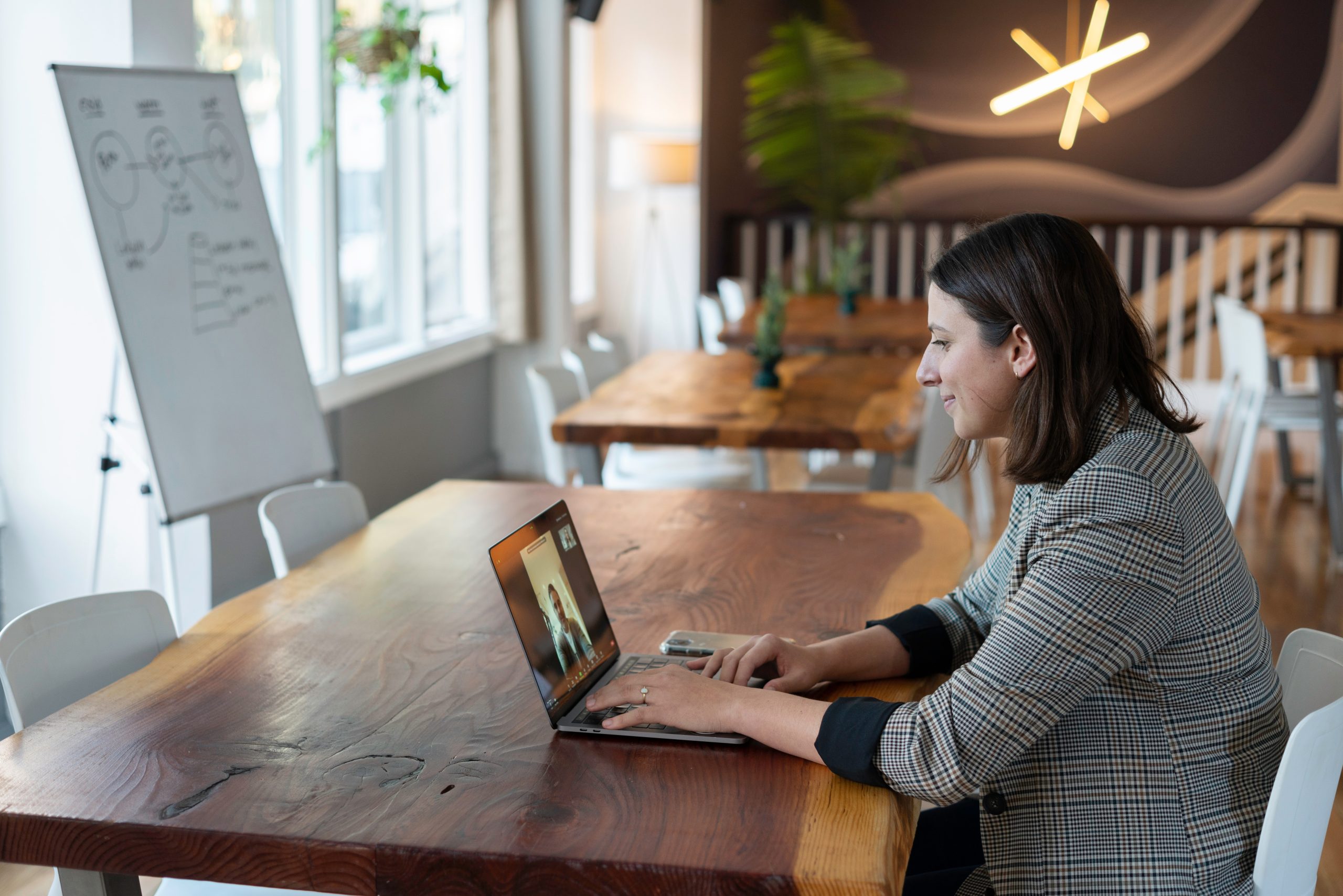
Adapting to online therapy may not come easily, but the tools are all there to help you thrive in this new environment.
We will remember 2021 as the year telehealth became the norm
“Clinicians and clients may have felt a little apprehensive about virtual appointments before this year, however we have all had to adapt to our circumstances. Clients now loves it because it is more efficient and align with their lifestyle.”
There has been a surge in popularity among clients, particularly from at risk individuals such as pregnant women or cancer patients, making it a necessity that clinicians take their practice virtually to meet the needs of their clients.
Adapting to online therapy may not come easily
Traditionally Dietitians, like other health professionals, have preferred face-to-face appointments for building rapport and improving effectiveness. Physical cues such as eye contact and body language are important for therapist assessment and helping the client to feel at ease and able to speak openly – which has been seen to be more difficult online.
Technical issues with poor quality sound, video, and delays can all interfere with the smooth running of the session and create frustration and disconnect. Similarly, if the client sets up their video so you can’t see them well or has distractions in their home this can affect the delivery of the session.
Research has also shown it takes more brain energy to communicate on video, which would make it difficult for both clinician and client to get the best from the session.
Legal and financial issues also arise. In my experience, a lot of private health insurance companies would not accept virtual consultations in their billing up until recently. Questions around privacy, hacking, and data have historically clouded the online space as safe.
Yet once you move online, everything can feel easier
“As someone who’s been delivering virtual consultations for years, I have seen that once you have set up your practice and technology, it gets much easier. The benefits for your clients and yourself far outweigh any technical difficulties.”
From the client’s perspective, it is so much simpler. They can see you from the comfort of their own home, rather than commuting to your office, taking time off work, and so on. People with children do not have to worry about childcare.
All of this convenience means they feel much more at ease, which is better for the practitioner as they are much more responsive and positive. You get to know them, their lifestyle and environment better.
From the clinician perspective, getting to work from home also means more time to see clients with less time commuting. There are fewer no-shows, so your time is better managed and you can see more patients. Scheduling becomes much more flexible as conducting
sessions can happen from anywhere. You can also see clients based anywhere in the world and so your client base can increase and diversify, and you can help more people.
Whilst helping more people and increasing client portfolio, you are also saving money on renting space and travel costs.
Innovation means we can improve our work and outcomes for clients!
The most important thing is whether we can still deliver quality care to clients and create the same beneficial outcomes.
Studies have shown that telehealth can produce the same outcomes as traditional in-person therapy. In June 2020, the Dietitians Australia Telehealth Working Group published findings that effective, high-quality dietetic support can be delivered through telehealth and that outcomes are comparable to those delivered in person. They recommend telehealth as an alternative or complimentary delivery method.
These findings are supported by previous research. A 2012 publication demonstrated that weight change was consistent across participants whether they took part in traditional or telehealth programs and that a virtual program was useful for long-term weight loss maintenance and presented an alternative to traditional programs. Similarly, a 2016 study found that telehealth was beneficial in overcoming barriers to treating childhood obesity as part of an integrated model.
A personal perspective on delivering quality therapy and clinical excellence
From my own perspective, the quality of therapy or outcomes is the same or even improved by delivering sessions virtually.
As well as the client being more relaxed and focused in their own environment, being in my environment I can use my own library of cook books, ingredients, and so on during sessions.
We just as quickly build rapport and understanding, and being able to see a client in their own environment builds a greater picture of their lifestyle.
Delivering sessions online enhances clinical excellence rather than hampering it, producing positive outcomes for clients.
How to deliver quality therapy online?
There are a wealth of options for delivering sessions online. The best ones for the clinician are platforms where the client manages their own appointments and can book online any time without having emails back and forth or telephone calls. This empowers the client, whilst also saving time and energy on administration, which you can then use to see more clients.
Many have built in software for delivering sessions with a unique link, which is safer and more secure. Being paperless and going digital makes data more secure and complies with GDPR and other regulations.
These platforms are not perfect, however I’ve found that you can get involved with companies, tell them about problems, and encourage changes to improve the service for your practice.
Further reading:
– Wiley Online Library: https://onlinelibrary.wiley.com/doi/full/10.1038/oby.2007.365
– Today’s Dietitian: https://www.todaysdietitian.com/newarchives/040114p42.shtml
isosconnect blogs are written and curated by independent healthcare and mental health professionals who use isosconnect to better connect them with their clients. If you would like to learn more about isosconnect or would like to submit a blog to feature on our website, visit our homepage: https://www.isosconnect.com



